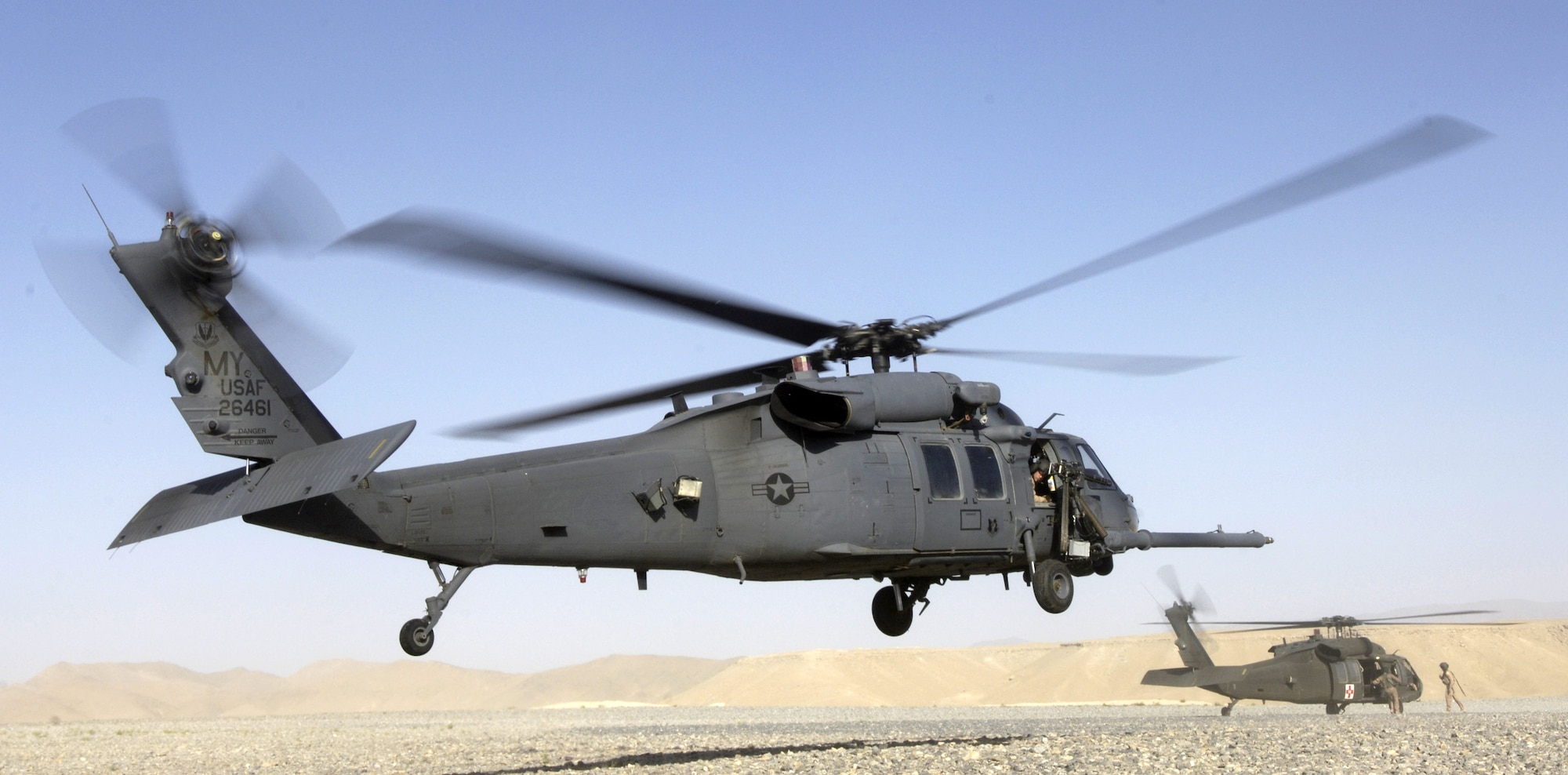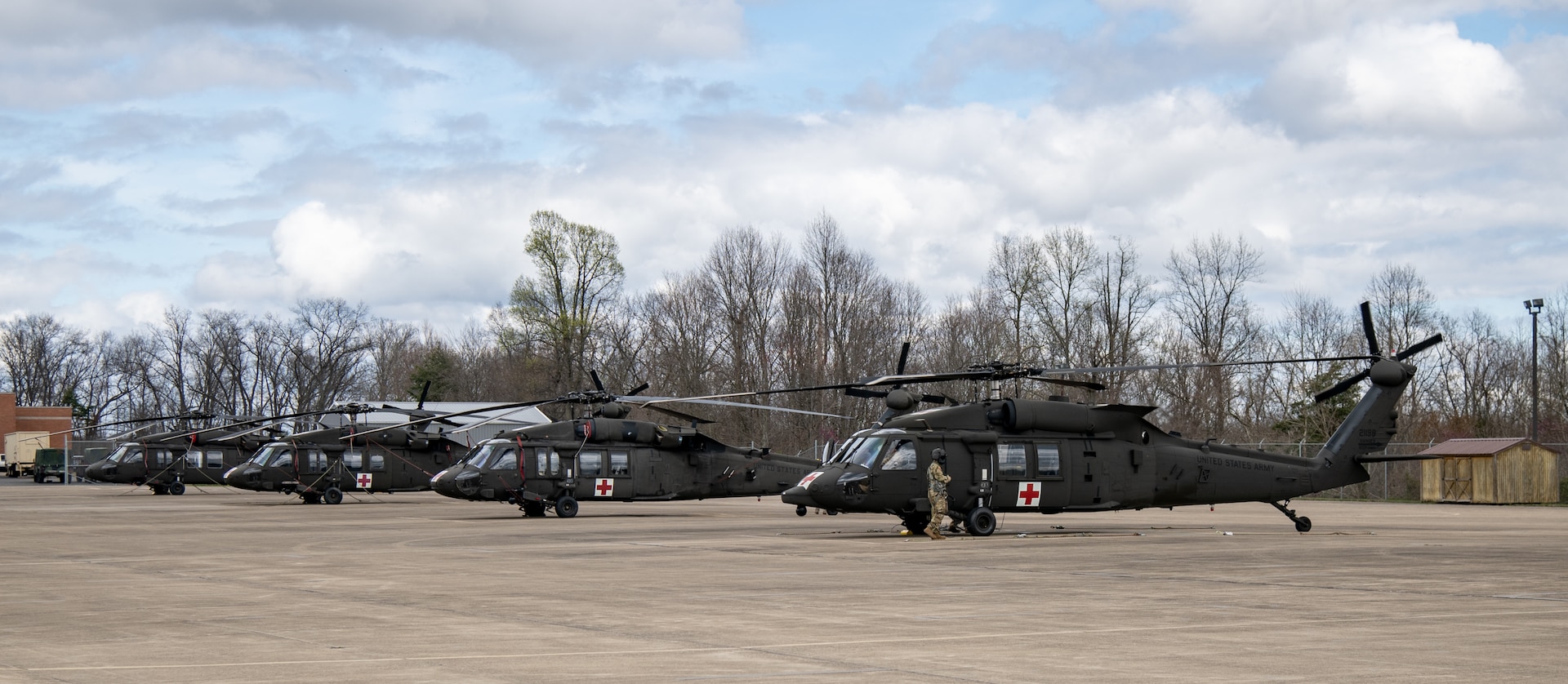History and Advancement of the UH 60 Black Hawk Helicopter
History and Advancement of the UH 60 Black Hawk Helicopter
Blog Article
Discovering the Innovative Modern Technology Behind Aircraft Design and Design
The area of airplane style and design is experiencing a transformative shift driven by cutting-edge technologies that improve sustainability, performance, and effectiveness. Advanced materials such as carbon fiber composites and titanium alloys are establishing brand-new standards, while wind resistant advancements and man-made intelligence are enhancing processes and enhancing results. As the industry comes to grips with the challenges of environmental duty, growths in sustainable aeronautics innovations guarantee to reshape the future. The ramifications of these innovations prolong beyond efficiency metrics; they may redefine the very nature of air traveling. What might this suggest for the market overall?
Advanced Products in Airplane Design
How can the combination of advanced products transform aircraft design? The unification of advanced products, such as carbon fiber composites, titanium alloys, and advanced ceramics, plays a vital function in boosting airplane efficiency and performance.
In addition, advanced materials show improved resistance to corrosion and fatigue, resulting in reduced upkeep costs and extended service life. The use of titanium in critical elements assists stand up to extreme temperatures and anxieties, while carbon fiber compounds give flexibility in design and production processes. This versatility enables more wind resistant forms, adding to remarkable performance qualities.
Additionally, the integration of smart products, which can change residential or commercial properties in response to outside stimuli, opens up brand-new avenues for flexible systems in airplane layout. uh 60. These developments promise not only to boost safety and functional effectiveness however also to add to sustainability efforts by decreasing ecological impact via minimized discharges. In summary, progressed materials are redefining the landscape of aircraft layout, leading the way for much more efficient, resilient, and ecologically friendly aeronautics remedies
Aerodynamic Advancements for Effectiveness
Aerodynamic developments play an essential function in boosting aircraft performance, significantly affecting fuel usage and total performance. Breakthroughs in airfoil design, such as the introduction of supercritical wings, permit maximized lift-to-drag proportions, minimizing drag at transonic rates. These advancements enable aircraft to preserve greater rates with lower gas expense, straight affecting operational costs and ecological sustainability.
Moreover, the assimilation of winglets has actually shown reliable in reducing vortex-induced drag at the pointers of wings, additionally enhancing fuel effectiveness - uh 60. This style alteration brings about a decrease in wake disturbance, adding to improved aerodynamic performance during cruise problems

Additionally, computational liquid dynamics (CFD) tools have actually reinvented the testing and refinement of aerodynamic forms, enabling exact simulations of air movement around aircraft (uh 60). This allows engineers to innovate continuously, ensuring that modern airplane not just meet regulatory requirements however likewise push the borders of effectiveness in aeronautics

Function of Computer Simulations
Computer system simulations have actually ended up being a crucial tool in the field of aircraft design, allowing engineers to perform in-depth evaluations and optimizations of various style facets. These simulations allow for the virtual screening of aerodynamic homes, architectural integrity, and efficiency metrics long before physical models are constructed. By utilizing computational fluid dynamics (CFD) and check my reference finite component evaluation (FEA), designers can predict just how air flows around the airplane and just how different materials will respond to tension and stress.
Furthermore, computer system simulations promote the exploration of a variety of variables and circumstances, increasing the style procedure and lowering prices related to physical screening. This ability not just boosts the accuracy of predictions pertaining to aircraft habits yet also supplies insights right into possible design renovations that may not be instantly obvious via typical methods.

Furthermore, simulations assist make certain conformity with rigid safety policies by enabling designers to recognize and rectify prospective problems early in the style phase. The combination of simulation modern technologies right into the airplane layout process emphasizes the considerable improvements in design techniques, ultimately contributing to the development of much safer, more effective, and eco-friendly airplane.
Artificial Knowledge in Design
Fabricated knowledge (AI) is revolutionizing the engineering landscape, especially in airplane layout, by maximizing and improving decision-making procedures design operations. Through device understanding algorithms, AI can evaluate substantial datasets, revealing patterns and insights that inform design options and improve overall efficiency.
AI applications in airplane layout consist of generative design, where formulas produce several design choices based upon defined parameters, allowing engineers to examine a more comprehensive variety of opportunities. This not only increases the style phase but additionally guarantees that the end products satisfy stringent performance and safety and security criteria.
Moreover, AI-driven anticipating analytics promote maintenance scheduling by examining historical information and predicting potential failures. This positive strategy minimizes downtime and boosts airplane reliability.
Additionally, AI aids in simulation and modeling, making it possible for designers to examine styles under different problems without the demand for physical prototypes. This ability shortens growth timelines and minimizes costs related web to conventional testing techniques.
Lasting Aviation Technologies
The answer exists in the fostering of sustainable aviation modern technologies that focus on effectiveness and lower carbon discharges. Technologies such as lasting aviation gas (SAFs), which are acquired from sustainable sources, have actually emerged as a vital part in accomplishing lower lifecycle discharges.
Furthermore, innovations in aircraft design, such as the growth of lighter materials and even more aerodynamically effective forms, add to boosted fuel performance. Electric and hybrid propulsion systems are also getting traction, using a path to decrease reliance on fossil fuels and reduce greenhouse gas emissions.
The combination of these modern technologies is sustained by regulatory structures and market cooperations intended at setting ambitious sustainability targets. Moreover, digital devices like data analytics and artificial intelligence can optimize flight operations, additionally enhancing gas efficiency. By welcoming lasting methods and innovations, the aviation sector can not just fulfill the growing need for air travel however also play a critical role in resolving environment change, guaranteeing an extra sustainable future for air transport.
Final Thought
The merging of sophisticated products, wind resistant technologies, and cutting-edge innovations notes a significant advancement in aircraft style and engineering. The combination of carbon fiber compounds, titanium alloys, and AI-driven procedures not only boosts efficiency and efficiency yet additionally simplifies workflows and anticipating upkeep. In addition, the continuous advancement of sustainable aeronautics technologies underscores a dedication to environmental obligation, leading the way for a greener future in aviation. This continual development will certainly form the market's trajectory for many years ahead.

Computer simulations have ended up being an essential tool in the field of aircraft design, allowing designers to perform in-depth evaluations and optimizations of various design facets.The merging of innovative products, wind resistant innovations, and advanced innovations marks a substantial evolution in airplane layout and engineering.
Report this page